How to figure the correct tire pressure for larger tires.
 This article was spawned from a continuing conversation from our Jeeping friend Bob in his quest to get his JK handling correctly. If your Jeep is in stock form with stock size and type tires you may not need bother with this article. The recommended pressures listed in the door jamb will suit you fine. But, if you are like most of us your Jeep is lifted and equipped with larger and probably wider tires.
This article was spawned from a continuing conversation from our Jeeping friend Bob in his quest to get his JK handling correctly. If your Jeep is in stock form with stock size and type tires you may not need bother with this article. The recommended pressures listed in the door jamb will suit you fine. But, if you are like most of us your Jeep is lifted and equipped with larger and probably wider tires.
Typically larger tires handle your vehicles weight differently than stock and the original door recommendations don’t necessarily apply. Why should you care? A tire not properly inflated will wear incorrectly and quicker than a properly inflated one would. Replacing tires that are worn out too quickly will hurt you in the pocket book, in actually more ways than one.
An under-inflated tire will cause increased rolling resistance which will rob you of fuel economy and possibly damage the tire due to excessive heat. Other symptoms of under-inflation can be a steering pull.
On the other hand an over-inflated tire can give you an improvement in fuel economy but that savings will disappear when you need to replace your tires sooner. Over-inflation will also cause a harsher ride potential poor handling since the tires may skid over the road instead of grip.
The right illustration is a cross section giving a better view to what proper or improper inflation does.
Under-inflated: Wears the edges of the tread more than the center.
Over-inflated: Wears the center of the tread more than the edges.
Proper: The entire tread is worn at the same rate (aka, correct pressure).
What to do?
Checking proper tire inflation is rather simple and requires some chalk or a utility crayon.
Make a mark all the way across each tire.
Drive the Jeep for a short distance, a straight line is best.
Note the wear pattern in the chalk. If there is chalk left at the edge the tire is over inflated. Chalk left in the center means it’s under-inflated. A clean pattern indicates the pressure is just right. Make a note of the pressure for future reference. This procedure would need to be performed again of different size or style tires are added.
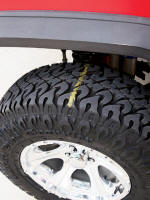 Chalk Line |
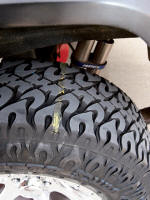 Over Inflated |



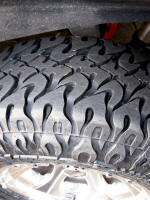

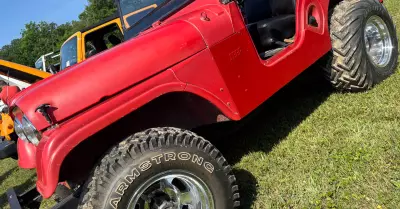
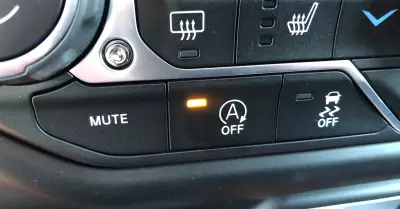
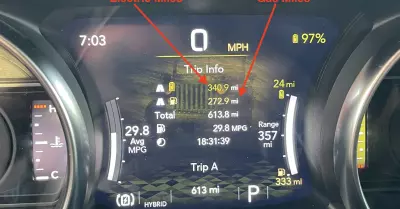
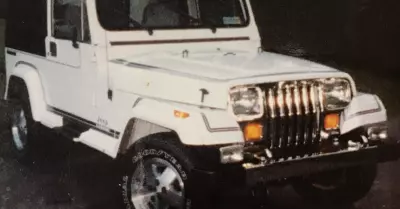
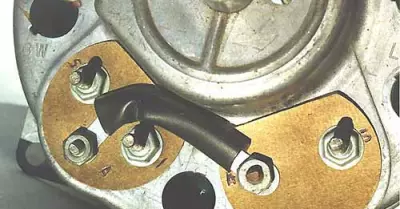
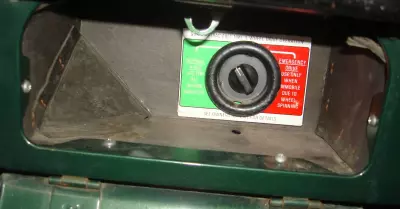
[…] […]